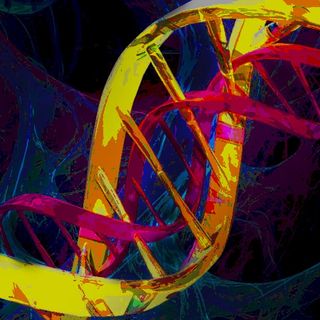A new study has concluded that younger siblings of children with autism spectrum disorder (ASD), or attention-deficit hyperactivity disorder (ADHD), have a higher chance than their peers in the general population of displaying either condition.
Therefore, parents of kids with autism or ADHD should keep an eye open for developmental red flags in their younger children – for symptoms of either condition, says lead author Meghan Miller, an assistant professor in the department of psychiatry and behavioral sciences and at the University of California, Davis, MIND Institute. Miller’s study supports the conclusion that ASD and ADHD are highly heritable and may share underlying causes and genetics. “Hence later-born siblings may be born with either the same disorder or one of these,” says Miller.
Symptoms of ADHD include difficulty focusing, nonstop talking or blurting things out, increased activity, and trouble sitting still. ASD, on the other hand, involves significant challenges with social interaction and communication, as well as the presence of unusual interests or repetitive behaviors like hand flapping or lining up objects.
Symptoms of ADHD include difficulty focusing, nonstop talking or impulsive blurting, increased activity, and difficulty sitting in one place. ASD, on the other hand, may be characterized by difficulty in social interaction and communication, unusual interests or repetitive behaviors, like hand flapping or aligning objects.
Miller and team looked at medical records of 730 younger siblings of children with ADHD, 158 younger siblings of children with ASD, and 14,287 younger siblings of children with no known diagnosis. Only families who had at least one younger child after a diagnosed child were included in the study.
They found that younger siblings of children with ASD were 30 times more likely to have a diagnosis of ASD. Younger siblings of children with ADHD were 13 times more likely to have an ADHD diagnosis. Younger siblings were also slightly more likely to develop the other condition.
“This really provides support for the idea that there are shared familial — probably genetic — mechanisms that underlie these two conditions and link them together,” said lead researcher Meghan Miller. However, she added, “Although the odds are increased, most of the younger siblings do not end up with autism or ADHD,”
Therefore, “It should be noted that observations from this study are meant to alert parents to notice symptoms if any and aid early screening and detection efforts that could improve both treatment and quality of life,” she added.




